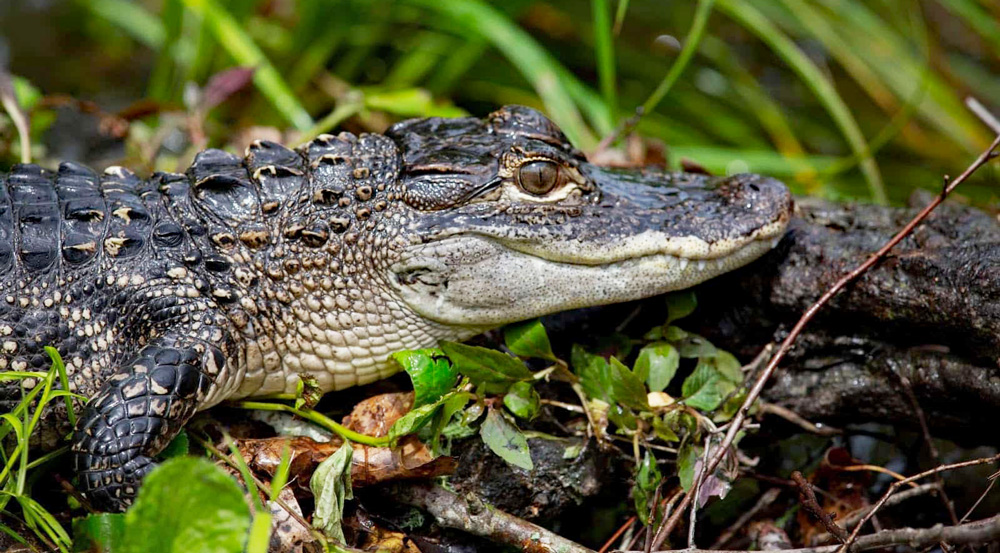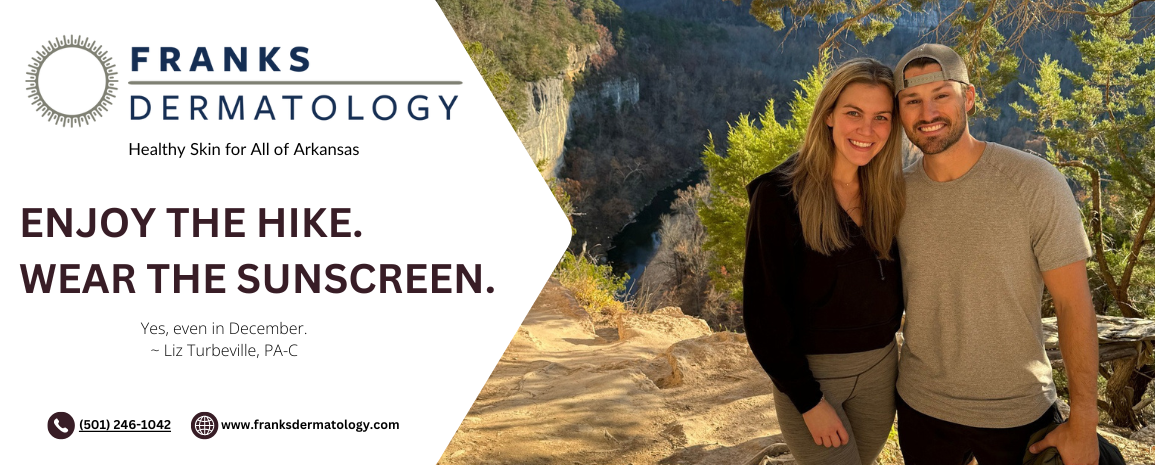Arkansas’s prehistoric ambassadors—the eastern collared lizard and the American alligator—are bouncing back, thanks to dedicated conservation and education. As mountain boomers reclaim their glade homes and alligators patrol southern waterways, GatorWise and the Collared Lizard Conservation Team remind all Arkansans that with the right precautions, we can share our state with remarkable prehistoric Arkansas wildlife of our time.
The Return of the ‘Mountain Boomers’
DARDANELLE, Ark. – A dozen Oklahoma-born eastern collared lizards now call The Natural State home thanks to a partnership between the Arkansas Game and Fish Commission, the Oklahoma Department of Wildlife, the Little Rock Zoo, Tulsa Zoo and the Collared Lizard Conservation Team. With a little luck, these transplants may be able to replenish a pocket of prime habitat in west-central Arkansas.
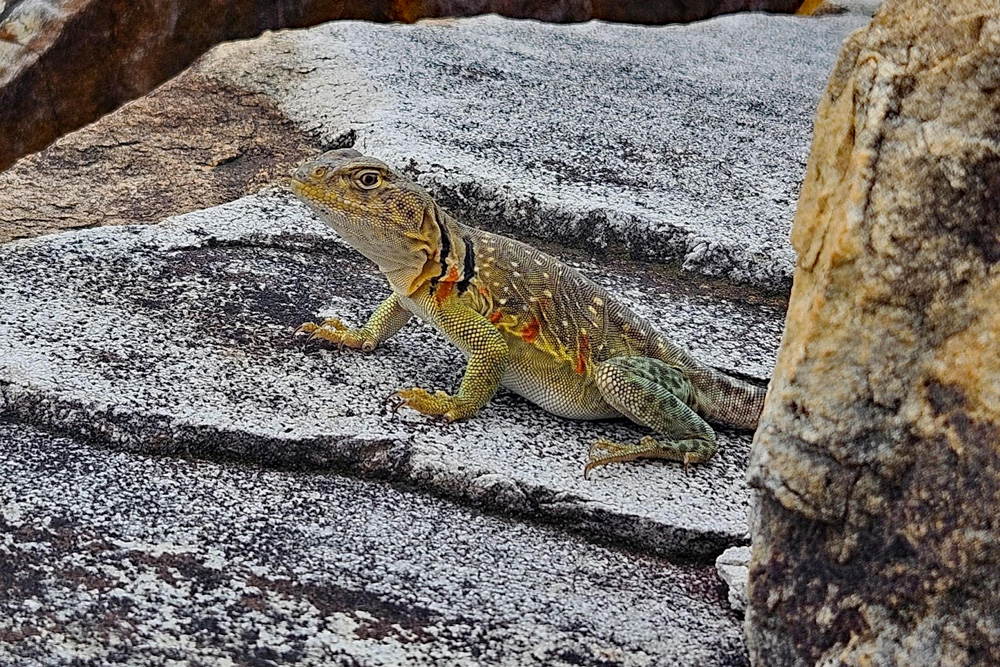
Eastern collared lizards, affectionately called “mountain boomers” by many wildlife enthusiasts, are one of Arkansas’s species of greatest conservation need. They are some of the largest lizards found in Arkansas, sometimes reaching 14 inches in length. Males possess vibrant yellow, green and teal markings, while females tend to be more muted, with reddish-orange accents. These lizards have seen dramatic declines throughout much of their range in Arkansas as their preferred fire-tolerant habitats have been swallowed by cedars and other woody plants. Thanks to multi-agency partnerships and work funded through the State Wildlife Grant Program, aggressive habitat restoration in many key locations using prescribed fire and cedar removals have restored some of this habitat. Additional SWG projects have helped to establish captive breeding programs in coordination with the Little Rock Zoo have been used to re-establish these charismatic reptiles in newly recovered sites.
According to AGFC Herpetologist Amanda Bryant, the lizards were transplanted to a portion of private land that had historically housed one of the largest monitored populations of the species but saw a population crash last year.
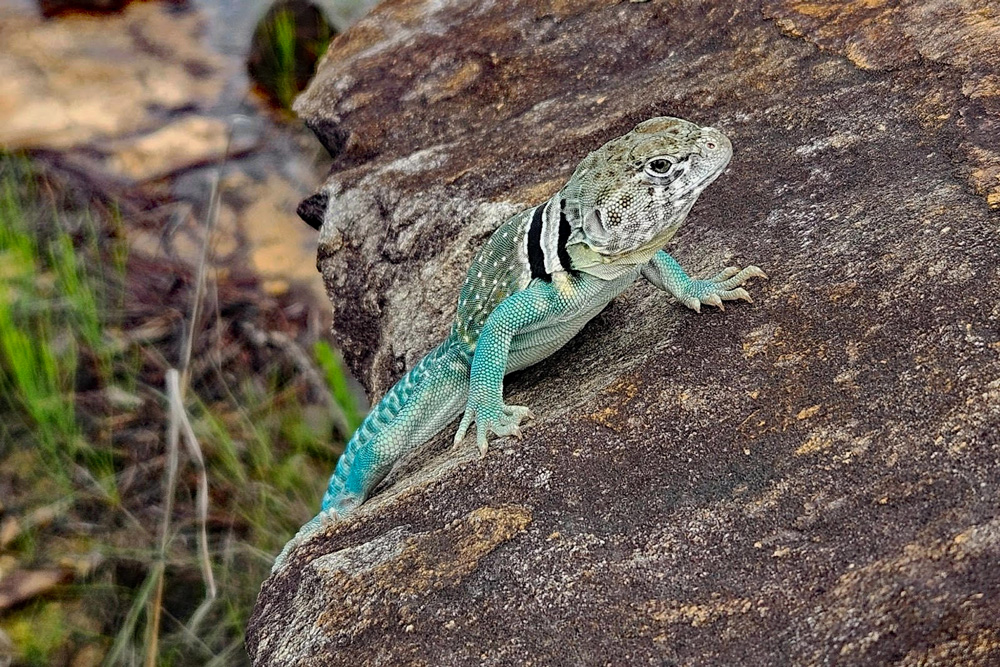
Coexisting with the Alligators
Alligators once teetered on the brink of extirpation in Arkansas, but thanks to decades of protection, restocking, and public-education initiatives, these prehistoric reptiles are thriving once again across southern and central Arkansas. In 1961, AGFC regulations protected the American alligator (Alligator mississippiensis) after unregulated hunting and habitat loss decimated populations by 1970. A successful restocking program from 1972 to 1984 introduced 2,841 juveniles from Louisiana into suitable southern Arkansas waters. “Since 1984, alligator populations in Arkansas have increased and are now stable and in sufficient numbers to support a regulated sport hunt,” AGFC records show.
Although fatal alligator attacks in Arkansas are rare, public safety remains paramount. In response, AGFC developed GatorWise, a comprehensive website and outreach program designed to educate Arkansans about safely coexisting with alligators. Through GatorWise, the commission emphasizes that alligators are a natural and valuable part of the state’s heritage, deserving respect and caution. “Arkansans need to know and understand that alligators are a part of our state’s natural heritage. They should be respected and enjoyed as much as any other fish and wildlife resource,” the AGFC advises.
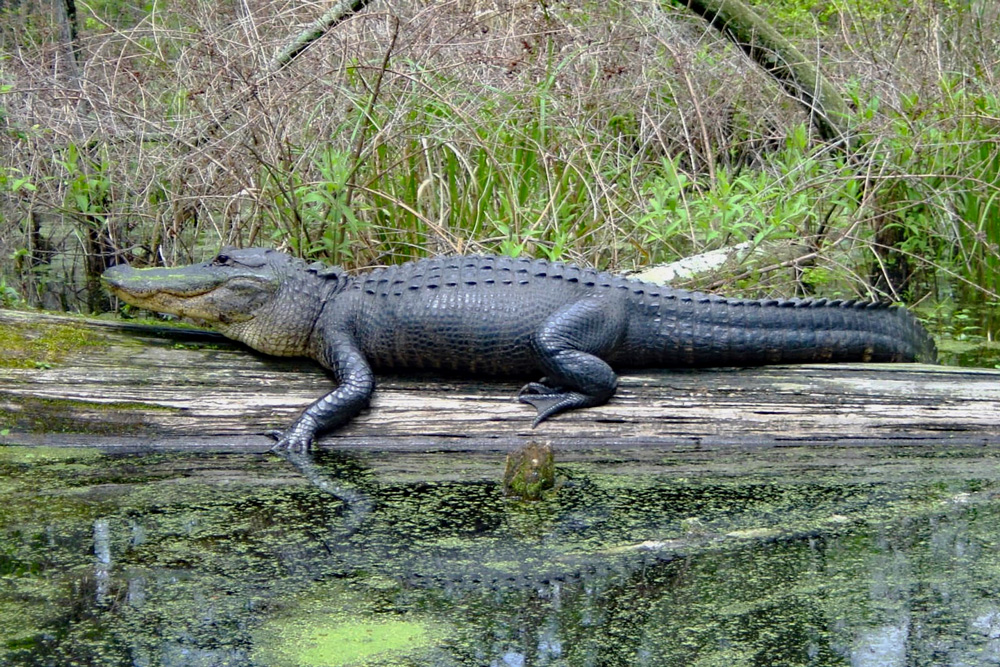
Key recommendations from GatorWise include:
- Never feed or attempt to feed an alligator. Feeding causes alligators to lose their natural fear of humans, often creating nuisance alligators that must be removed. “Don’t feed or attempt to feed an alligator. It’s illegal and dangerous. When fed, alligators can learn to associate people with the availability of food, leading to dangerous circumstances,” AGFC guidelines warn.
- Keep a safe distance when observing. AGFC urges people to stay at least 50 feet (about one and a half school buses) away from any wild alligator. “For their own safety and out of respect for nature, people should always keep a distance of at least 50 feet from any alligator in the wild,” GatorWise explains.
- Stay vigilant at water’s edge. Never swim or wade in areas known to harbor alligators, especially between dusk and dawn, when alligators are most active. If children or pets are near water, maintain constant supervision.
- Properly dispose of fish scraps and avoid baiting. Leaving fish scraps on boat ramps or shorelines essentially “feeds” alligators, creating dangerous habituation. “Don’t throw fish scraps into the water or leave them on or near boat ramps—this is just the same as intentional feeding,” GatorWise notes.
- Report nuisance alligators promptly. If an alligator poses an immediate threat—such as frequenting a city pond or becoming overly aggressive—Arkansans can call the new AGFC Nuisance Wildlife Hotline at 833-345-0315, which operates 24/7. “In November 2023, the Arkansas Game and Fish Commission, in partnership with the U.S. Department of Agriculture, introduced a new nuisance wildlife hotline. The number is monitored 24 hours a day,” AGFC announced.
Alligator populations in Arkansas have rebounded, with density hotspots at Grassy Lake (91.8 alligators per mile) and moderate densities at Lake Millwood (3.2 alligators per mile). “These permits are drawn, so some luck is involved. Alligator hunting on private land is allowed in any of the three zones, including Alligator Management Zone 2, which encompasses more than 16 counties in central and south-central Arkansas,” AGFC’s season information explains. In 2023, Arkansas hunters bagged a record 202 alligators, yet nuisance calls have decreased thanks to the opening of the private-land alligator hunt, allowing landowners to legally address nuisance gators. “We see a strong relationship between the added harvest opportunity and lower nuisance calls,” AGFC Herpetologist Amanda Bryant said.
GatorWise also features videos showing proper snare and harpoon techniques, dispatch methods, and dissection of developable alligator biology for landowners, anglers, and outdoor enthusiasts. By arming Arkansans with the knowledge to respect alligators—and to understand their vital ecological role—GatorWise ensures that these living relics continue to thrive alongside people.
This article was originally published on ArkansasOutside.com, your trusted source for outdoor news and updates in The Natural State. Unless otherwise credited, all photos included in this piece are the property of Arkansas Outside, LLC. We take pride in sharing the beauty and adventures of Arkansas through our lens—thank you for supporting our work!


